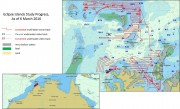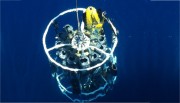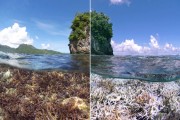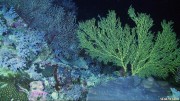Articles
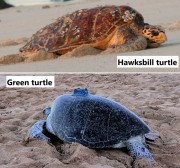
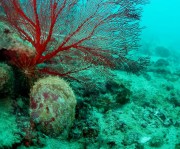
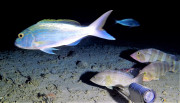

Over the last fifteen years a number of major efforts have significantly expanded the sustained monitoring of the Great Barrier Reef (GBR).
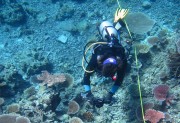

Introduction
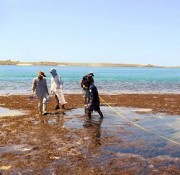
Understanding the management and governance of Australia’s vast coastline can be complex. International, Commonwealth, State and Indigenous entities all have various roles and powers to promote the health and integrity of Australia’s marine environments.
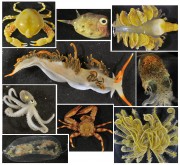
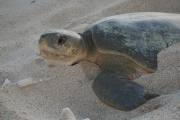
Flatback sea turtles (Natator depressus) are endemic to northern Australia and one of only two sea turtle species that are not distributed globally (7 species in total). Nesting occurs only on tropical Australian beaches, many in NW Australia’s remote Kimberley region. Under threat from coastal development, predation from feral animals and climate change, flatbacks are listed as a vulnerable species under the WA Biodiversity Conservation Act 2016 and the Commonwealth Environment Protection and Biodiversity Conservation Act 1999 and data deficient by the International Union for Conservation of Nature.


